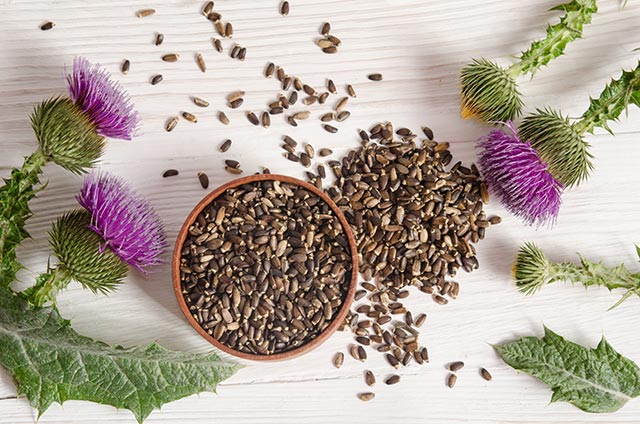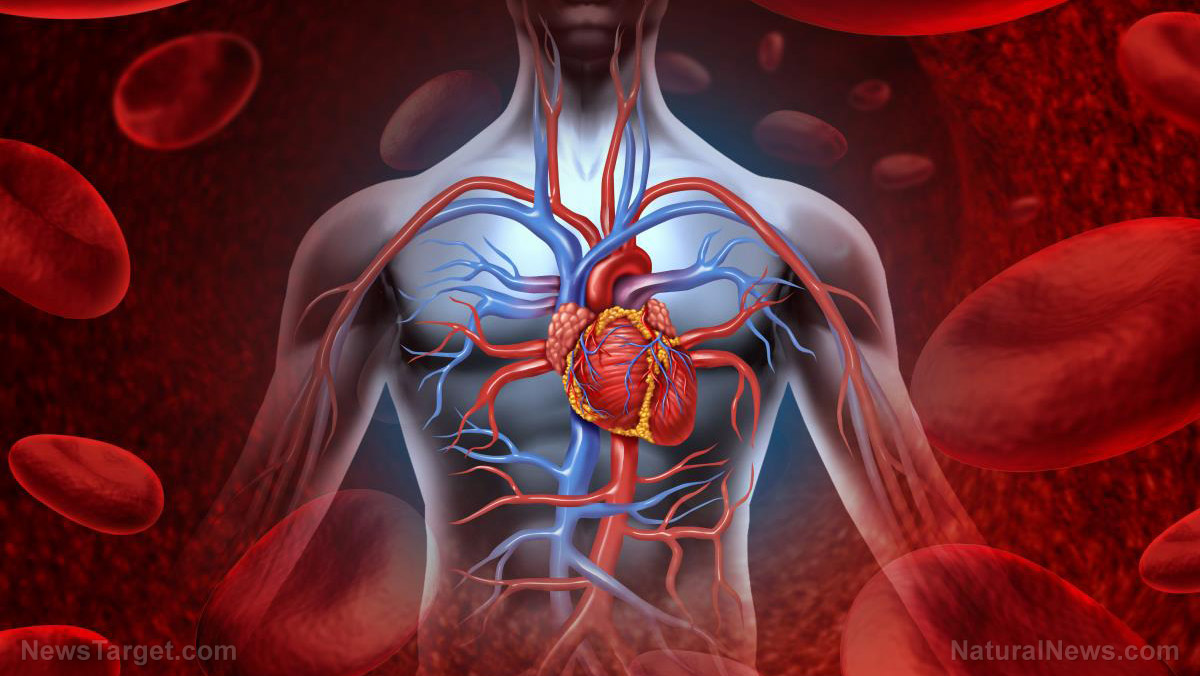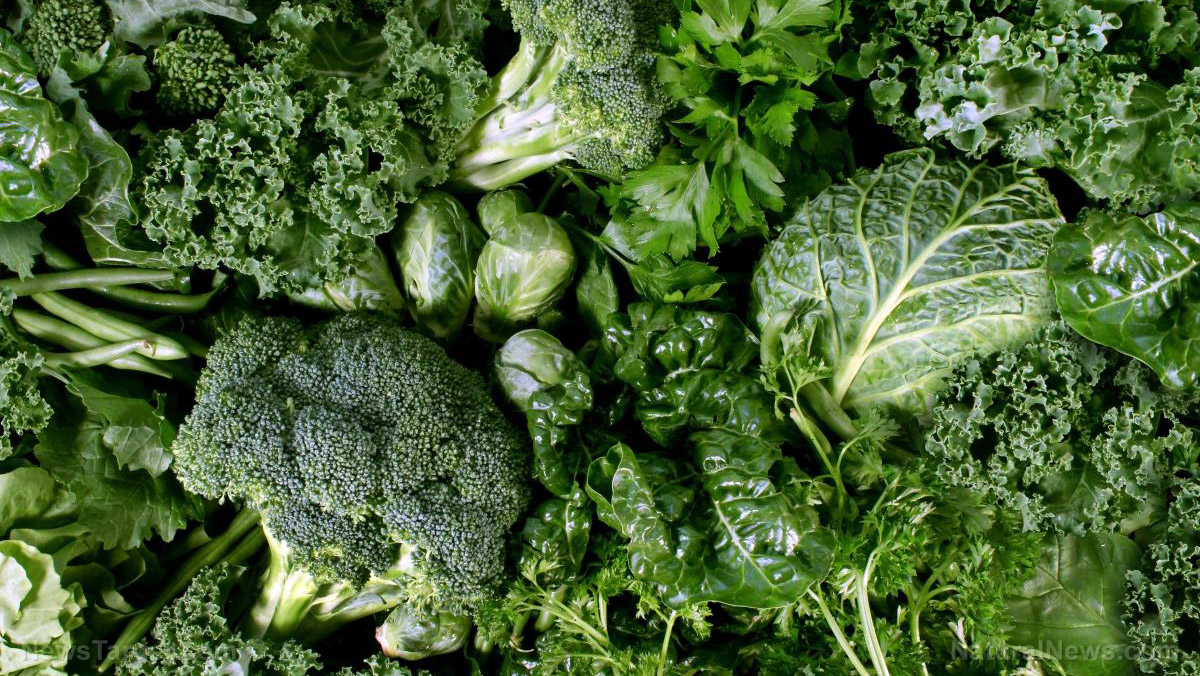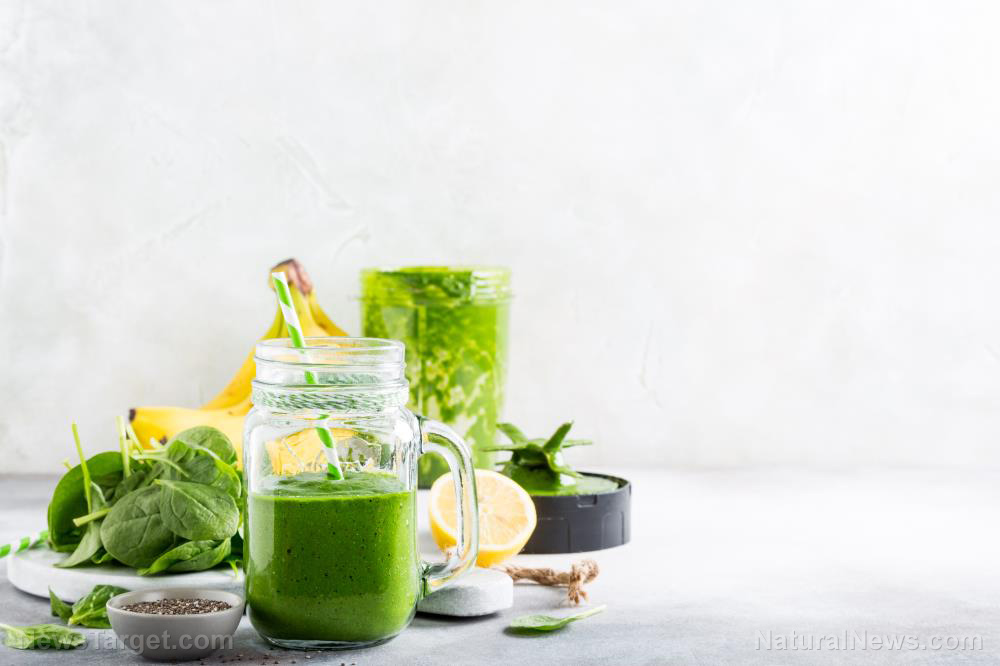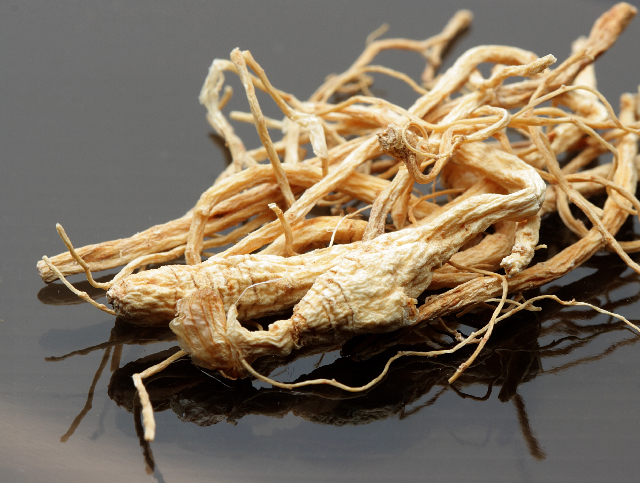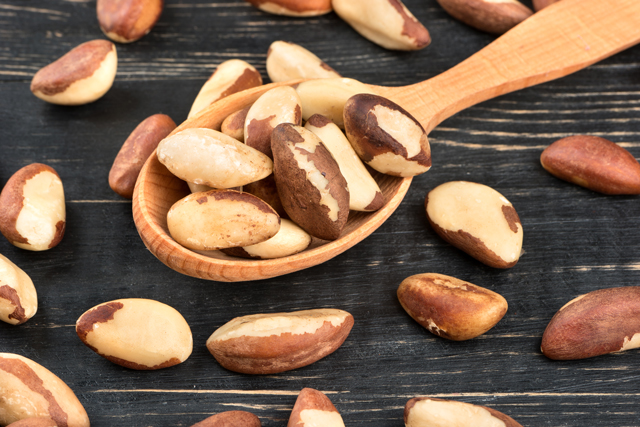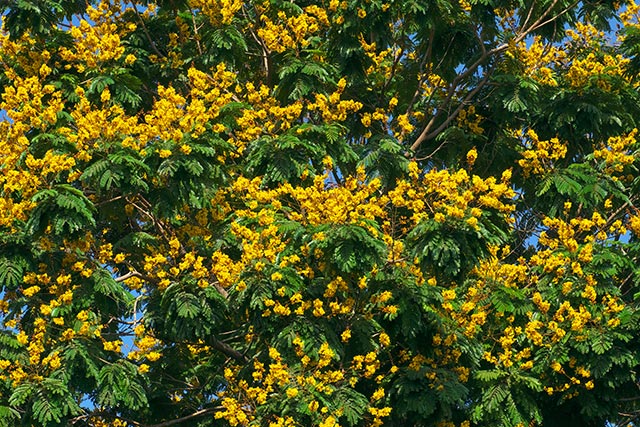This Brazilian ethnomedicine displays potent anti-inflammatory activity
08/15/2019 / By Melissa Smith

A study published in the journal Planta Medica looked at the anti-inflammatory activity of the ethanol leaf extract of Struthanthus vulgaris, the most common medicinal mistletoe plant in Brazil. This study was conducted by a team of researchers from Vila Velha University and the Federal University of Rio de Janeiro in Brazil.
- S. vulgaris is used in folk medicine as an anti-inflammatory agent and for cleaning skin wounds.
- The research team first examined the anti-inflammatory activity of S. vulgaris in a lab trial on lipopolysaccharide/interferon gamma-stimulated macrophages based on their ability to inhibit nitric oxide production and tumor necrosis factor-alpha.
- They also examined the anti-inflammatory activity of S. vulgaris ethanol leaf extract in mice models.
- The results of the lab trial showed that S. vulgaris ethanol leaf extract significantly reduced the production of nitric oxide and tumor necrosis factor-alpha in macrophages.
- The extract also did not cause any toxic effect.
- In mice, S. vulgaris ethanol leaf extract significantly suppressed the influx of leukocytes, mainly neutrophils, protein exudation, nitric oxide, tumor necrosis factor-alpha, and interleukin 1 concentrations in the carrageenan-induced inflammation air pouch.
- These results suggested that S. vulgaris ethanol leaf extract has potent anti-inflammatory effects.
Based on these results, the research team suggested that S. vulgaris ethanol leaf extract could be used as a treatment for inflammatory diseases, and that it could be used as a source of anti-inflammatory agents.
Read more studies about medicinal plants with anti-inflammatory effects like S. vulgaris at NaturalMedicine.news.
Journal Reference:
Marques F, da Costa M, Vittorazzi C, Gramma L, Barth T, de Andrade T, Endringer D, Scherer R, Fronza M. IN VITRO AND IN VIVO ANTI-INFLAMMATORY EFFECTS OF STRUTHANTHUS VULGARIS. Planta Medica. 30 January 2017; 83(09): 770-777. DOI: 10.1055/s-0043-101916
Tagged Under: alternative medicine, anti-inflammatory, disease treatments, ethnomedicine, herbal medicine, Herbs, immune system, inflammation, natural cures, natural medicine, prevention, remedies, research, Struthanthus vulgaris



